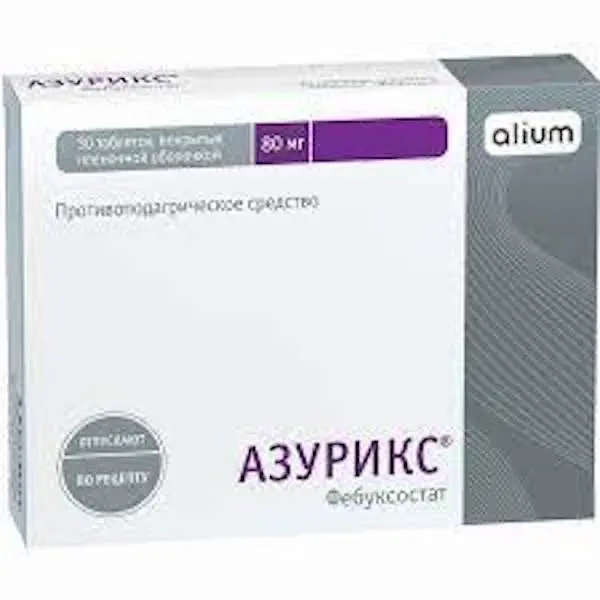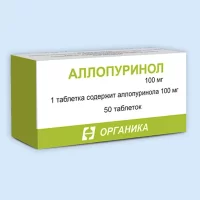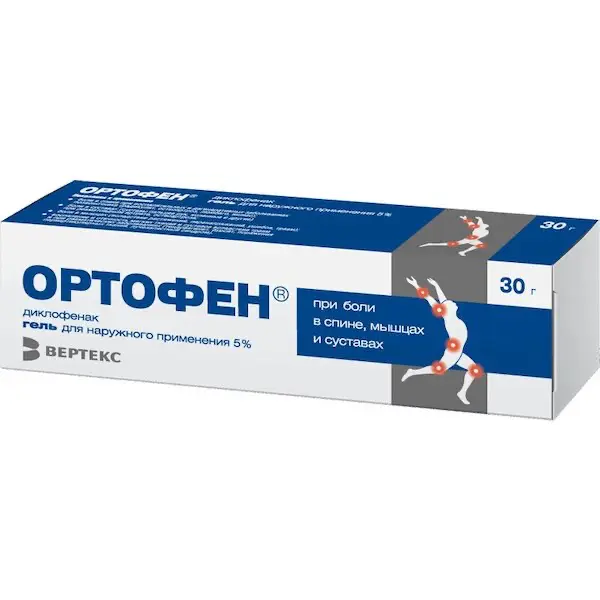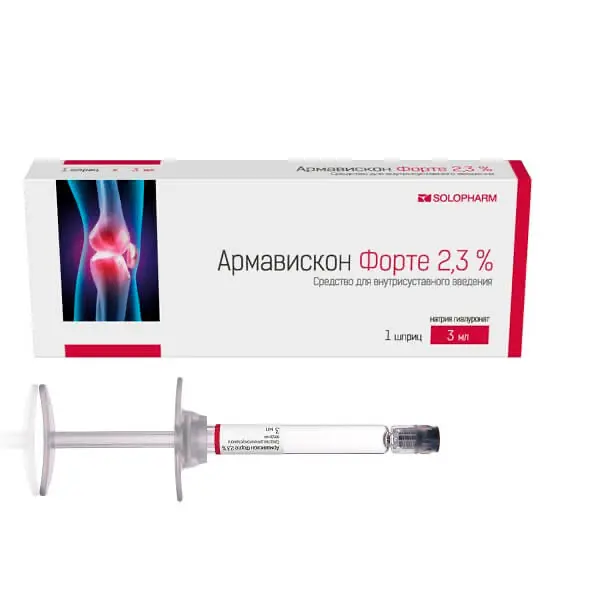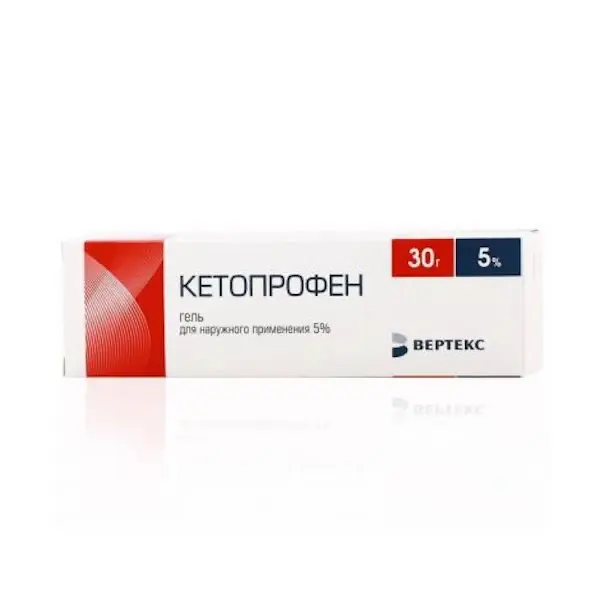Description
Azurix Pharmacodynamics
Uric acid is a final product of purine metabolism in the human body, formed as a result of the hypoxanthine – xanthine – uric acid reaction cascade. Febuxostat is a 2-arylthiazole derivative and is a strong selective non-purine inhibitor of xanthine oxidase (in vitro inhibition constant is less than 1 nM). The enzyme xanthine oxidase catalyzes two stages of purine metabolism: oxidation of hypoxanthine to xanthine and then oxidation of xanthine to uric acid
As a result of selective inhibition by febuxostatom xanthine oxidase (oxidized and reduced form) decreases the concentration of uric acid in the blood serum.
At therapeutic concentrations febuxostat does not inhibit other enzymes involved in the metabolism of purines or pyrimidines, such as guanine deaminase, hypoxanthineguanine phosphoribosyltransferase, orotate phosphoribosyltransferase, orothi-dinmonophosphate decarboxylase or purine-nucleoside phosphorylase.
Indications
Chronic hyperuricemia in conditions accompanied by deposits of urate crystals (in the presence of tophi and/or gouty arthritis, including in the anamnesis).
The drug is intended to be used in adults.
Contraindications
– Hypersensitivity to febuxostat and/or any of the excipients;
– Childhood under 18 years of age;
– Pregnancy and breast-feeding;
Caution
– Severe renal insufficiency (creatinine clearance <30 ml/min) (efficacy and safety have not been adequately studied);
– hepatic insufficiency;
– history of allergic reactions;
– coronary heart disease;
– congestive heart failure;
– thyroid disorders;
– concomitant use with mercaptopurine/azathioprine (possible increase in plasma concentrations of these substances and their toxicity);
– conditions after organ transplantation (experience with febuxostat is limited);
– Lech-Nihan syndrome (experience of febuxostat use is limited).
Use in pregnancy and during breastfeeding
Due to insufficient data, the potential risk of febuxostat to humans is not known; therefore, the use of febuxostat during pregnancy is contraindicated. There is limited experience with the use of febuxostat during pregnancy, in which adverse effects on pregnancy and fetal/newborn outcomes were not observed. In animal studies, no direct or indirect adverse effects of the drug on pregnancy, fetal/fetal development, or labor have been observed.
There are no data on whether febuxostat penetrates into breast milk. In animal studies, it has been observed that febuxostat penetrates into breast milk and has adverse effects on the development of nursing infants. Thus, a risk to infants cannot be excluded. Therefore, the use of febuxostat is contraindicated during breastfeeding.
How to use and dosages.
- Inside. The drug Azurix taken once a day, regardless of meals.
Gout . - The recommended initial dose is 80 mg of the drug Azurix once a day.
It is recommended to control uric acid concentration in serum in 2-4 weeks; if it exceeds 6 mg/dl (357 µmol/l), the drug dose can be increased up to 120 mg once a day. - Decrease of uric acid concentration in blood serum against the background of the drug occurs rather quickly, and in this connection the control of uric acid concentration can be performed after two weeks from the start of the drug administration. The aim of the treatment is decrease and maintenance of uric acid concentration in blood serum less than 6 mg/dl (357 µmol/l). Prevention of the development of acute attacks of gout is recommended for at least 6 months.
- Elderly patients.
No dose adjustment of the drug is required.
Patients with hepatic impairment
Gout - In patients with liver insufficiency of mild degree of severity (grade A according to Child-Puo scale: 5-6 points) a recommended dosage of Azurix is 80 mg 1 time per day. The experience of using febuxostat in mild hepatic insufficiency is limited.
Patients with renal insufficiency
Dosage adjustment is not required in patients with mild to moderate renal insufficiency.
In patients with severe renal failure (creatinine clearance < 30 ml/min) efficacy and safety of febuxostat have not been studied sufficiently.

